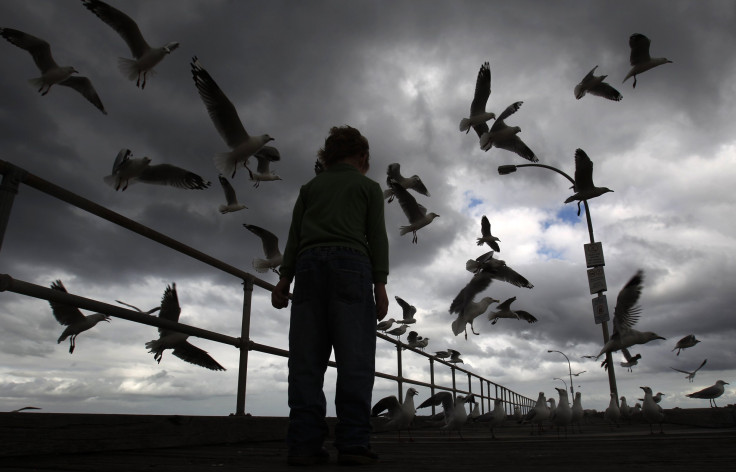Annual Australian backyard count starts gazing bird species, to possibly confirm worrying declines

The public may now start to count birds on their backyards or favourite outdoor areas to contribute to the annual Aussie back yard bird count, monitoring the number of bird species and to know which are at risk of potentially declining population. The count starts in the Federation Square in Melbourne on Tuesday where a total of seven species can be spotted in 20 minutes.
The project is expected to confirm the declines of some of Australia’s most common birds. BirdLife Australia has released a report in July, showing the numbers of well-known species, including the kookaburra, lorikeet, magpie and willie wagtail, are declining across the country.
The backyard count encourages the public to spend time out of their houses to count birds for 20 minutes. People who want to participate can freely visit the bird count Web site and download the app for their mobile phones.
“It’s all very well talking about threatened species in exotic jungle national parks but that’s not where people experience nature,” Sean Dooley, editor of Australian Birdlife magazine, told the Guardian. “People become conservationists from seeing birds in their back yards or at school.”
The concern on the bird species in Australia is expected to be the highlight of the backyard count. The growing concern on birds has recently pushed the government to save some of the most threatened species, such as the helmeted honeyeater and the night parrot.
“We have amazing birds in Australia, and if we lose them we lose one of the few connections with nature we have in our urban-based society,” Dooley said. Even some people are concerned on conserving birds, experts say that human interventions are also putting the species at high risks.
“We see birds injured by barbed wire, hit by cars, poisoned – all human interventions,” said Martin Scuffins, from the Leigh Valley Hawk and Owl Sanctuary. However, the Guardian reported that the threats that cause the decline of common species are still not clear and may depend on the location.
However, with feral species, land clearing and use of pesticides are believed to greatly affect bird species. Climate changes has also been found to be a developing factor, which Dooley said that altering temperatures have forced migration and feeding patterns of birds to change.
“We need to talk about land clearing, feral species, changed fire regimes. We’ll end up with far more threatened bird species if we don’t tackle these big things,” he stated.
The back yardcount in 2014 has recorded over 800,000 individual birds from 500 species. BirdLife Australia is hoping for the current count to break the one million mark, which will be running from Oct. 19 to 25.
Contact the writer at feedback@ibtimes.com.au or tell us what you think below





















